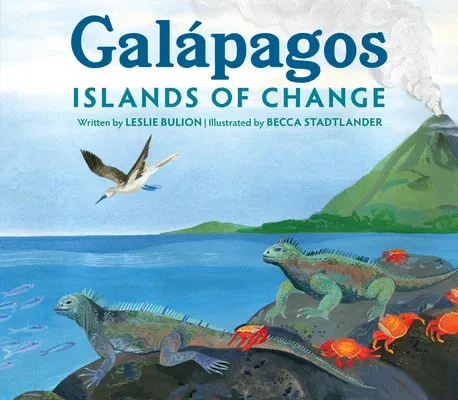Leslie Bulion
(Author)Galápagos: Islands of ChangeHardcover, 28 March 2023

Qty
1
Turbo
Ships in 2 - 3 days
Only 3 left
Free Delivery
Cash on Delivery
15 Days
Free Returns
Secure Checkout

Reading Age
Ages: 8-12
Grade Levels
3-7
Print Length
48 pages
Language
English
Publisher
Peachtree Publishers
Date Published
28 Mar 2023
ISBN-10
1682634965
ISBN-13
9781682634967
Description
Product Details
Audience:
Ages: 8-12
Author:
Book Format:
Hardcover
Country of Origin:
CN
Date Published:
28 March 2023
Dimensions:
24.38 x
27.94 x
1.27 cm
Educational Level:
Grade Levels: 3-7
Illustrator:
ISBN-10:
1682634965
ISBN-13:
9781682634967
Language:
English
Pages:
48
Publisher:
Weight:
616.89 gm